History/driving impressions originally published in AutoWeek January 25, 1988.
“Business travelers who want a change in pace in motoring… Sports car owners away from home… Vacationers who consider driving an enjoyable holiday sport.”
Lace up your stringback gloves, gentlemen. The Hertz Sports Car Club puts you in the driver’s seat of a GT 350 H for only $17 a day and 17 cents per mile. Just check out the 1966 ad in the car magazines:
“There are only 1000 of these for rent in the entire whole world. Hertz has them all. It’s the Shelby GT 350H. Only Hertz rents it. Cobra engine. Disc brakes. High-speed wheels and tires. Stick shift or automatic. Rally stripes. High-performance shocks. Torque controlled rear axle. The whole load.”
All, of course, under an appropriately blurred photograph. Faster than a speeding shutter.
Hertz didn’t seem sure to whom it was selling. Traveling executives? Respectable, tweedy sports car-types? Or would-be Steve McQueens only a sardonic smile and a twist of fate away from self-destruction?
One thing’s for sure. The world knew what Hertz was renting. Only the year before had the SCCA’s B Production title fallen to the Shelby-ized Mustang, and if the Mustang itself was hot – brand-new only in ‘64 ½ – the GT350 was a Dallas sidewalk in August.
The scheme was the brainchild of Shelby’s public relation manager, says Hertz/Shelby historian Greg Kolasa: “it was Peyton Kramer who went to Hertz, and he seemed like he was a pretty savvy guy. He did a little bit of homework and he found out that in 1927-28, a member of the same family – Hertz – was producing automobiles. It was kind of your basic Model T, Model A looking kind of car and they were all black with gold pin striping on them. So he presented the idea to Hertz and said, Hey, remember when? Yeah, that sounds like a pretty good idea. We’ll buy 200 of them.”
When word got out that Hertz was renting them – to any mouth-breather with a driver’s license and a birth certificate issued 25 years earlier – demand was so great and so immediate that Hertz raised its order to 1000 cars.
The cars were to be unique to Hertz. Standard GT350s came in colors with white stripes, but the Hertz cars were all to be black with gold stripes. They’d get special chrome Magnum 500 wheels with “Hertz Sports Car Club” centers, back seats, AM radios and four-speed shifters. And they’d be called the GT350H. (What a boost for corporate pride: a car, a champion, named in its honor. Avis, try even harder.)
Things started going wrong from the beginning, however. Hertz noticed that the cars were coming back with odometers reflecting the number of miles to the closest dragstrip and back, plus a few more miles – all one-quarter at a time. Clutches didn’t last very long. After about 80 or 90 manual transmission cars had been delivered, Hertz changed the order to automatics.
Dented noses were another problem, and complaints of defective brakes. They weren’t defective, though, it was just the first time Hertz’s customers had ever encountered metallic brakes. Softer pads would have been one solution, but that wouldn’t have helped homologation of the GT350. So a special piggyback booster was specified, and most cars got this. As if that weren’t enough, Shelby be also put a decal on the dash telling folks to push on the pedal a little harder.
Nowadays you can’t spot a 350H by its color or wheels. Hertz appeared to tire of all-black cars after the first 200. Various colors were ordered. The roof stripes were deleted. Then the roof stripes were added again. And then the black was back in again.
All the cars didn’t get the chrome Magnum 500s, either. Apparently supplies were sporadic on those wheels and some went out with the Shelby optional 10-spoke wheels, and for the same reason some non-renters went out with the chrome Magnums.
You can’t tell a Hertz car by the hood, either, because the supplier didn’t deliver spec hoods on schedule, and the trick of counting rivets on door trim also doesn’t work: Ford did that on the line to fix ill-fitting trim. The cast aluminum oil pans tend to lose oil plug threads, so they were pulled off and tossed in the corner until there were enough for the recycler. Hey, aluminum was 20 cents per pound back then.
The cars had to be a substantial boost for Shelby American’s finances. The 1000 – exactly – cars that were delivered to Hertz constituted 40 percent of SA’s 1966 output of GT350s. Hertz didn’t repeat its order in ‘67 (although it did rent the more civilized Shelbys of ‘68 and ‘69).
Remarkably, the Shelby American Automobile Club has been able to account for about 850 of the ‘66 Hertz cars. I sampled a pair of them, black #SFM6S1900 of SAAC rent-a-car expert Greg Kolasa, and red #SFM6S1012 belonging to Carol Padden, Greg’s fiance. Both cars have manual transmissions, Greg’s having been changed and Carol’s original, so the cars were atypical in that way. I was not given the test Hertz gave to the renters of four-speeds (nor was I charged $17 a day, 17 cents per mile) but I got everything else 1966 Hertz renters got except airport traffic.
How else to say it: the cars are sensory-rich. The sounds are solid lifters and exhaust pulses bouncing around in tube headers, sounds that are tactile as well as oral. There are squeaks and rattles and a suspension that is both loose and stiff at the same time, gut-rattling but short on precision. The Ford shifter has a long throw and heavy, clunky feel, and it would take time to have the confidence to throw bang-bang shifts as Greg does. But…the GT350H is a ‘60s time capsule trip on wheels, time behind the wheel is time too short. Here’s for more…even at 17 cents per mile.
Limited run models by specialty manufacturers have variations that leave historians/experts frustrated when they try to determine what was “original equipment.” [Insert laughing emoji here.]








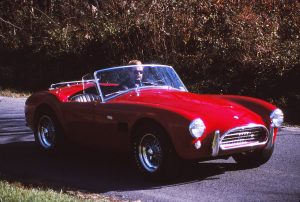

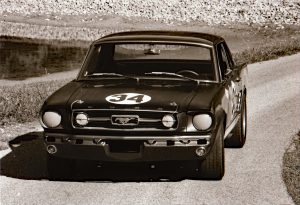
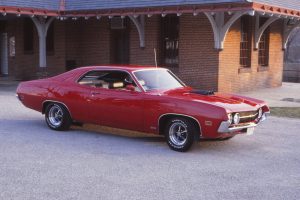
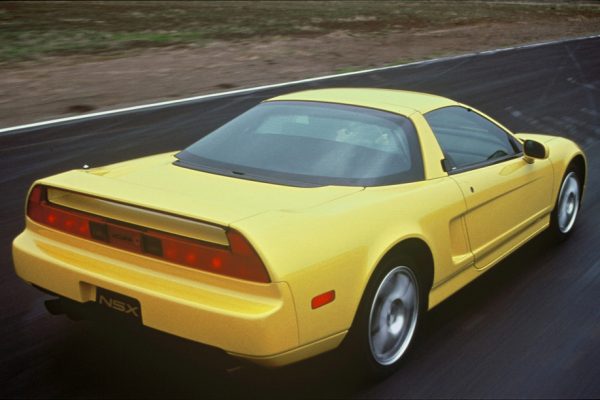
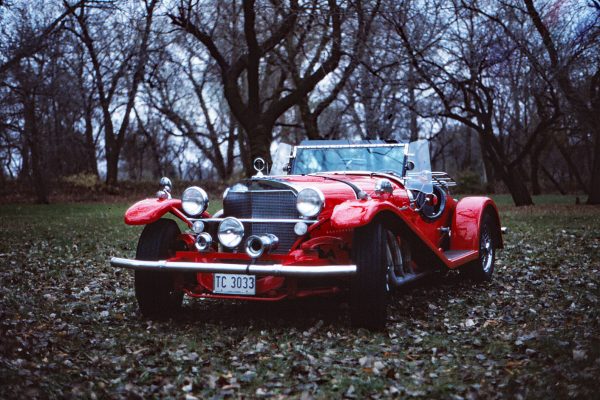
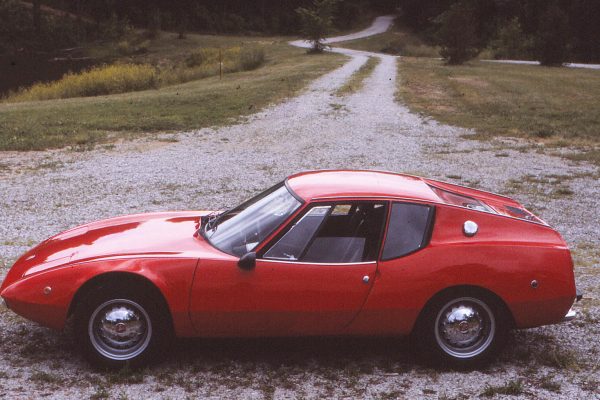
What Do You Think?
You must be logged in to post a comment.